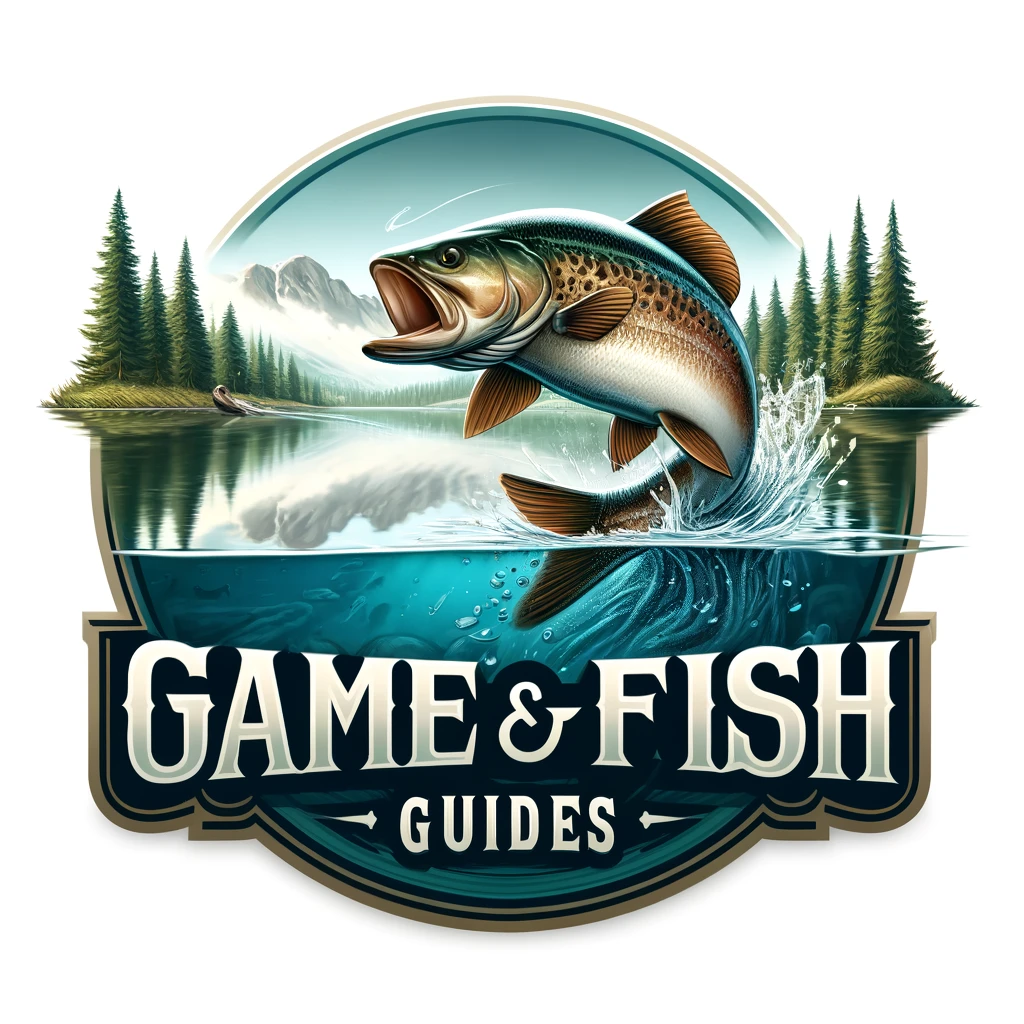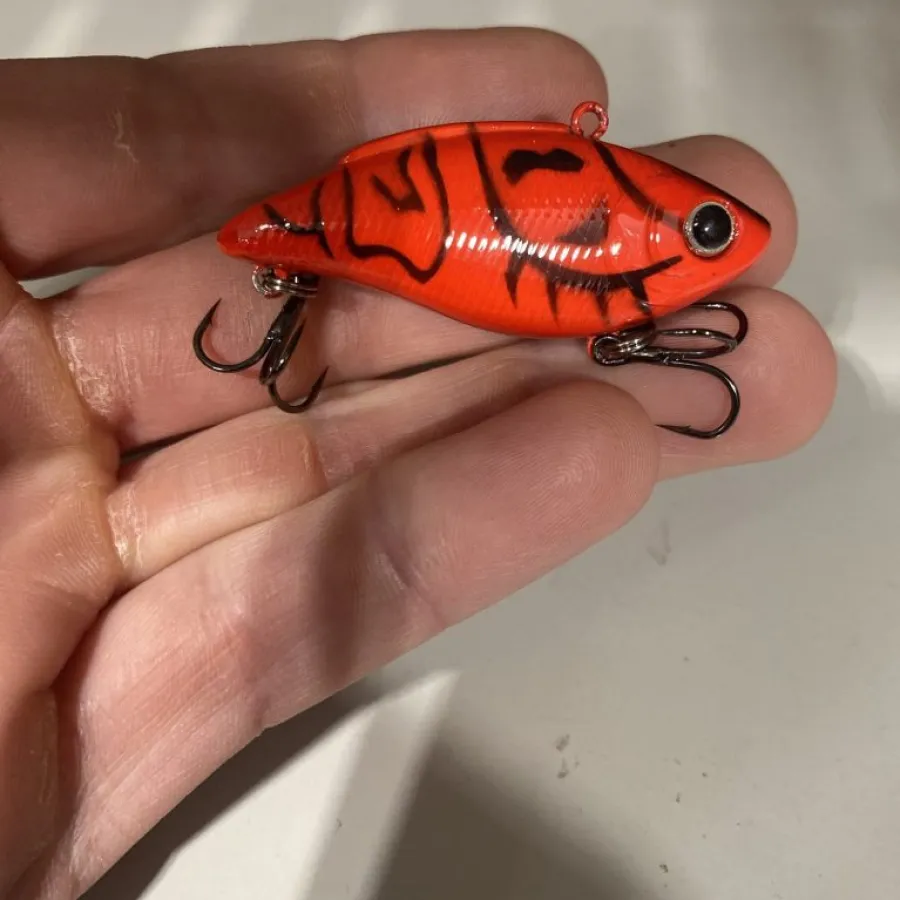For bass anglers, knowing why, how, and when to use a lipless crankbait can be the difference between a good and bad day on the water. The lipless crankbait is known for its versatility and effectiveness in many different scenarios, which gives you a better approach to lure fishing. You might be fishing shallow water in the spring or deeper submerged vegetation in the winter, either way, lipless crankbaits can catch fish.
In this guide, we’ll talk about why so many anglers prefer lipless cranks, what they are, and when you should be using these baits to catch bass.
What Are Lipless Crankbaits?
Lipless crankbaits, different from other lures with bills that decide their depth, have a design that allows them to dive quickly and swim at your desired depth. Unlike traditional crankbaits with a lip or bill that controls their swimming depth and action, lipless crankbaits use a combination of body shape, internal metal weight, a split ring on top of the bait, and different retrieval techniques to achieve their action. So they work similarly to a swim jig does, except most anglers will do a straight retrieve rather than try to jig with them.
This design allows you to cover much of the water column very quickly and adjust the depth without changing bait, thanks to a metal weight inside. Many lipless crankbaits contain a rattle as well, which bass love.
Because a lipless crank does not have a lip, it makes it much easier to fish in areas with lily pads, moss/weeds, and other cover without getting snagged as much. Being able to get your bait into these places oftentimes means more fish you catch.
Why Fish Lipless Crankbaits?
There are several reasons lipless cranks are so popular, and it comes down to the fact that they are incredibly versatile and can attract a wide range of species, especially bass. Due to the design of the bait, you can rip free from grass and snags, which look like a dying shad or other bait fish. This type of retrieve can trigger predatory fish.
Lipless crankbaits are effective in both shallow and deeper water, which makes them a good bait year-round. The rattle baits give off vibrations and sound frequencies that attract fish from far away. The rattling crankbait is extremely useful during the winter, especially in water with low visibility.
When to use a Lipless Crankbait
Timing is everything, so knowing when you should use lipless crankbaits can make all the difference. These lures can be fished effectively in the late fall, in the winter, as well as in early spring when bass and other fish are a bit more lethargic. This is where the rattle is useful because it can entice these lethargic fish. During these seasons, water temperatures and clarity will determine the activity level of fish.
Lipless crankbaits are also my go-to for fishing submerged vegetation and areas with a lot of underwater structure, where having a snag-free design is useful. These can also be fished vertically like a blade bait, where you drop your line straight down and use your rod tip to make it jig.
How To Use a Lipless Crankbait
Once you know when to fish lipless crankbaits, it’s time to learn how to use them. Mastering lipless crankbaits involves understanding a few key techniques. My go-to rod to fish a lipless crankbait is a medium-heavy action rod with a fast tip so that it has enough flex to set the hook correctly. Then I pair this with a braided line for the low stretch and abrasion resistance. Other anglers should try various techniques to see what works best.
You can do a steady retrieve or you can use something different like a yo-yo technique to keep your bait in the strike zone. Slow rolling over grass and weeds or using a fast tip to jerk the bait free from snags are effective methods. The goal is to mimic natural prey just like any lure.
Choosing the Right Lipless Crankbait
Selecting the right lipless crankbait takes a bit of knowledge, but you don’t need to be an expert. You need to think about variables like size, color, and vibration to match the season and area where you plan to fish. While most lipless crankbaits have two treble hooks, there are many different variations in terms of color, size, sound, and shape.
Flat-sided lures, for example, have less vibration compared to the rounded-bodied versions, which might be the better option for highly pressured or finicky fish. The color should mimic natural prey as best as possible. Patterns that look like shad, bluegill, perch, or crawfish are great choices.
Concluding Why, How, and When To Use Lipless Crankbaits
Lipless crankbaits stand out in the world of fishing lures for their versatility and ability to catch fish. Their ability to fish effectively in tough areas like grass and weeds, mimic prey, and attract a wide range of species makes them a must-have for all anglers.
Learning and understanding the full potential of a lipless crankbait requires the right gear, technique, and understanding the areas where you’re throwing your line.

